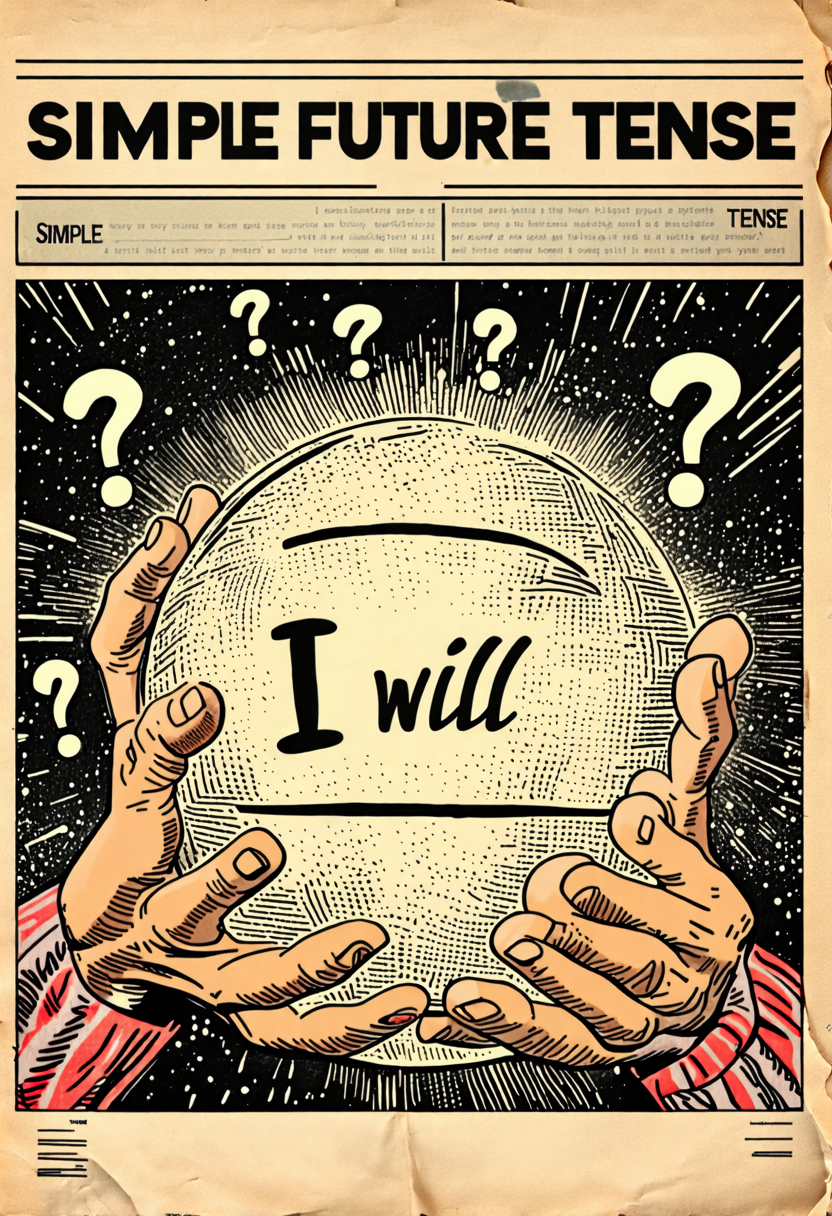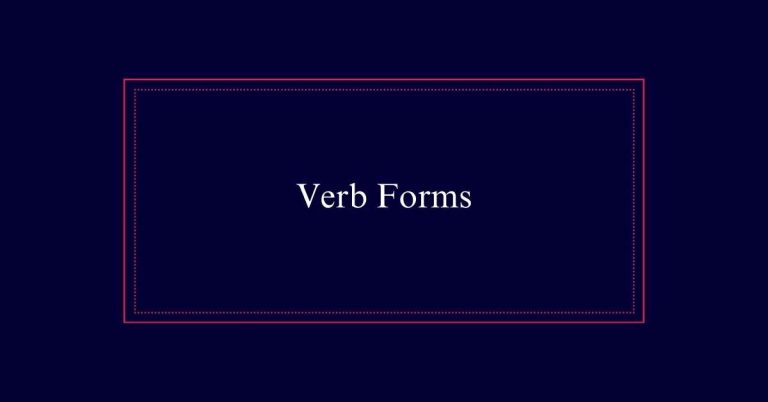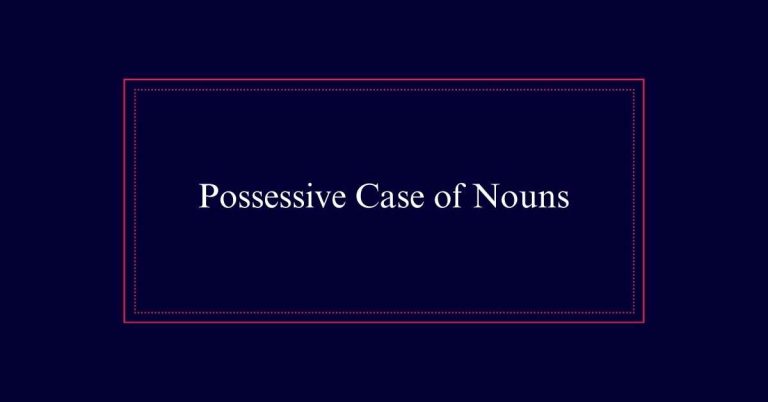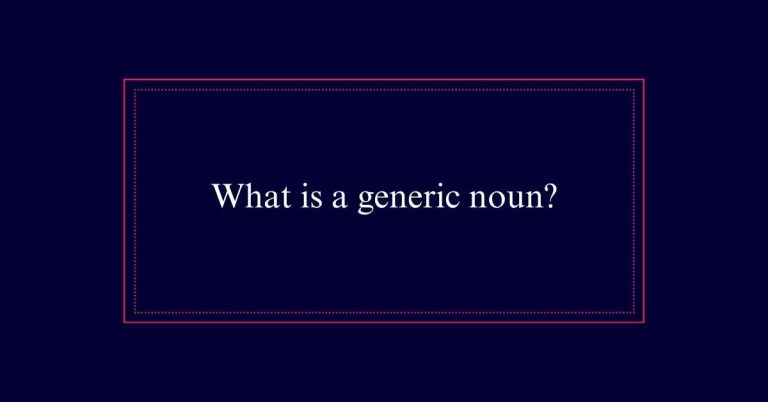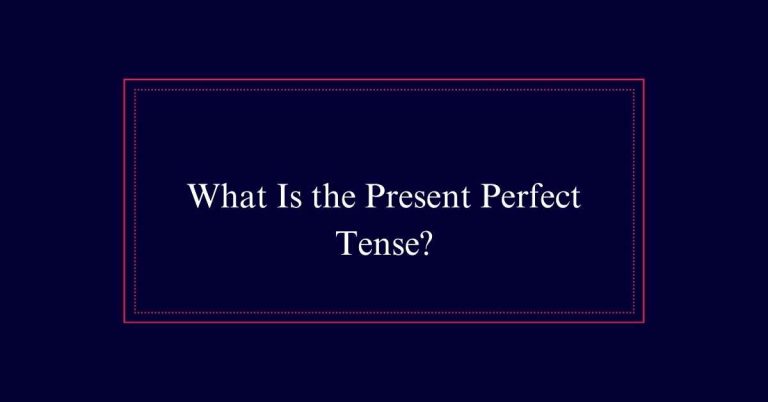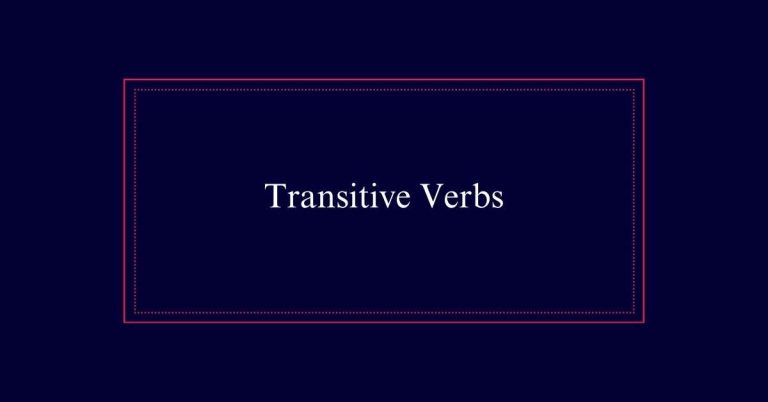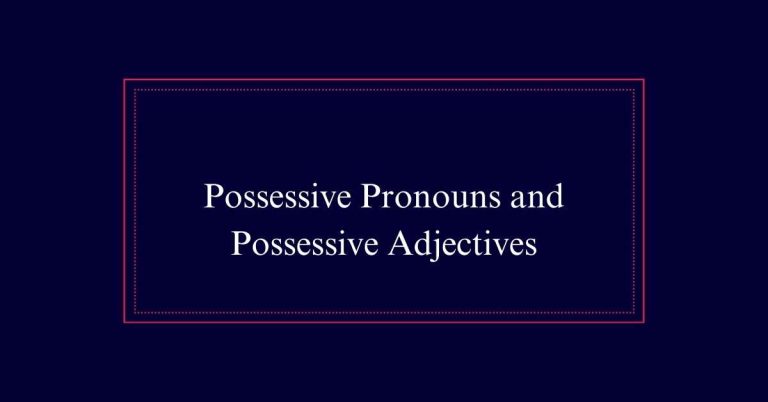Simple Future Tense: Definition, Use Cases and Examples
The simple future tense describes actions that will occur later. It is commonly used to express plans, predictions, and intentions.
The formula is ‘will’ + [root verb], applicable to both singular and plural subjects. For example, ‘She will travel tomorrow.’
Alternatively, ‘am/is/are going to’ + [root verb] is used, such as ‘They are going to meet next week.’
Both forms guarantee clarity in communication. Proper subject-verb agreement is essential for grammatical accuracy.
Definition of Simple Future
The simple future tense is important for describing actions that will happen at a later time. It helps to talk about events or actions that are expected to occur in the future. This tense is vital for discussing plans, making predictions, or expressing intentions. It provides a clear way to indicate that something has not yet happened but is anticipated.
In English, the simple future tense can be easily recognized by the use of auxiliary verbs like ‘will’ or phrases like ‘going to.’ Understanding this tense is essential for effective communication, as it allows speakers and writers to convey future events with clarity and precision. This tense is widely used in both spoken and written English.
Forming the Simple Future
To form the simple future tense, use the formula: will + [root form of the verb]. This structure applies to both singular and plural subjects.
For example, ‘She will learn a new language’ and ‘They will read that book.’
Another common construction is am/is/are going to + [root form of the verb]. This alternative is often used in casual speech and writing.
For instance, ‘He is going to start a new job’ and ‘We are going to visit family.’
While both forms are correct, ‘will’ is generally preferred in formal writing for its directness and clarity.
Subject-Verb Agreement
Ensuring subject-verb agreement in the simple future tense is crucial for grammatical accuracy. The simple future tense, formed using ‘will’ plus the root form of the verb, applies to both singular and plural subjects without change.
For example, ‘She will go’ and ‘They will go’ are both correct. This construction remains consistent regardless of the subject.
An alternative construction, ‘am/is/are going to’ plus the root form of the verb, also follows the same rule. For instance, ‘I am going to eat’ and ‘They are going to eat’ are correct.
Using ‘Will’ in Sentences
‘Will’ is commonly used in sentences to denote future actions or events. The basic formula is ‘will’ followed by the root form of the verb.
For example, ‘She will travel to France’ and ‘They will complete the project.’ This construction applies to both singular and plural subjects. Using ‘will’ is suitable for formal writing, such as academic papers and professional emails. It guarantees clarity and directness.
To make a negative sentence, use ‘will not’ followed by the root verb, as in ‘He will not attend the meeting.’ When forming questions, place ‘will’ before the subject, as in ‘Will they arrive on time?’ This structure is straightforward and widely accepted.
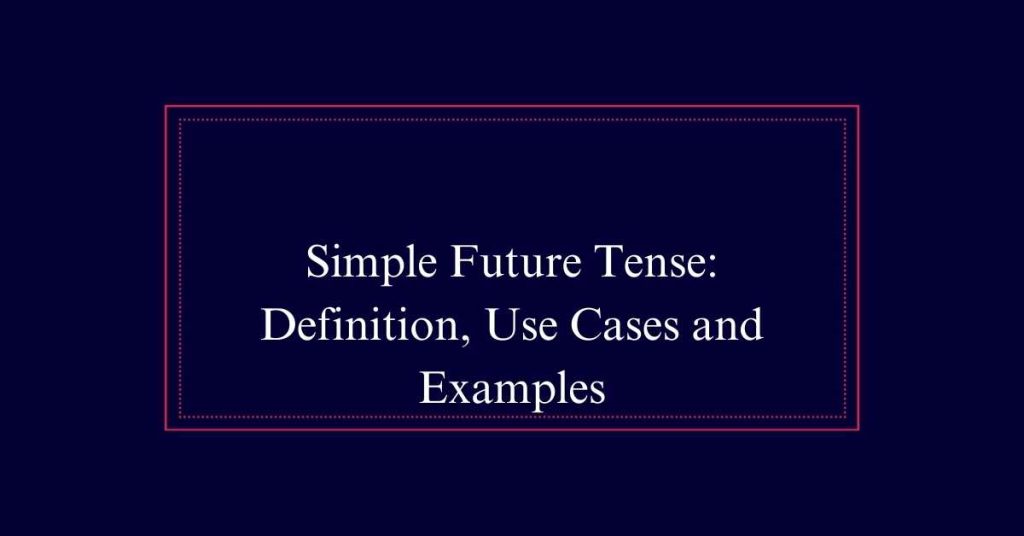
Using ‘Going To’ in Sentences
The construction ‘going to‘ is often used to express future intentions or plans. It is particularly common in informal speech and writing. This construction helps to convey a sense of premeditation or certainty about future events.
For example:
- Predicted Events: ‘It is going to rain tomorrow.’
- Intentions: ‘I am going to start a new job next week.’
- Plans: ‘They are going to visit their grandparents.’
- Immediate Future: ‘She is going to call you in a minute.’
Making Simple Future Negative
Forming the negative in the simple future tense involves using ‘will not’ or ‘am/is/are not going to’ before the root form of the verb.
For instance, ‘She will not quit before reaching her goal’ and ‘I am not going to finish my homework on time.’
The ‘will not’ construction is suitable for formal writing, such as academic papers or professional emails, due to its clarity and directness.
The alternative ‘am/is/are not going to’ construction is more informal and frequently used in casual speech or writing.
Asking Questions in Simple Future
Creating questions in the simple future tense requires placing ‘will’ before the subject followed by the root form of the verb. This structure guarantees clarity and simplicity in forming future inquiries.
Examples include:
‘Will Jen finish War and Peace?’
‘Will you buy a new car?’
To further understand, consider these steps:
- Start with ‘will’: Place ‘will’ at the beginning of the question.
- Add the subject: Follow ‘will’ with the subject of the question.
- Use the root verb: Add the root form of the verb immediately after the subject.
- Complete the question: Finish with any additional information needed.
Alternatively, one can use ‘am/is/are + subject + going to + verb,’ as in ‘Is Jen going to finish the book?’
Simple Future in Formal Writing
In formal writing, the simple future tense is best expressed using ‘will’ followed by the root form of the verb. This construction is preferred in academic papers, professional emails, and other formal contexts. Using ‘will’ provides clarity and is widely accepted as standard English.
It is important to avoid the ‘going to’ construction in formal writing, as it is considered informal. Consistency is key; maintain the same construction throughout your document to guarantee readability. For instance, ‘The committee will review the proposal next week’ is clear and formal.
Differentiating ‘Will’ and ‘Going To’
Understanding the distinction between ‘will’ and ‘going to’ is essential for proper usage in various contexts. Both terms indicate future actions but are used differently.
Will: Used for general future predictions or spontaneous decisions.
Example: ‘I will call you tonight.’
Going to: Indicates premeditated plans or intentions.
Example: ‘I am going to visit my grandparents this weekend.’
Will: Often employed in formal writing due to its direct and clear construction.
Example: ‘The company will announce its results next month.’
- Going to: Commonly used in informal speech and writing.
Example: ‘We’re going to watch a movie later.’
Common Mistakes and Tips
Many learners often confuse ‘will’ and ‘going to’ when forming sentences in the simple future tense. A common mistake is using ‘will’ for planned events. For example, saying ‘I will visit my friend tomorrow’ could be more accurately expressed as ‘I am going to visit my friend tomorrow.’
Another error is using ‘going to’ for spontaneous decisions, such as ‘I am going to help you with that’ instead of ‘I will help you with that.’
To avoid these mistakes, remember: use ‘will’ for spontaneous actions and predictions, and ‘going to’ for plans and intentions. Practice by creating sentences and checking if they describe a plan or a spontaneous decision. This will help reinforce proper usage.
